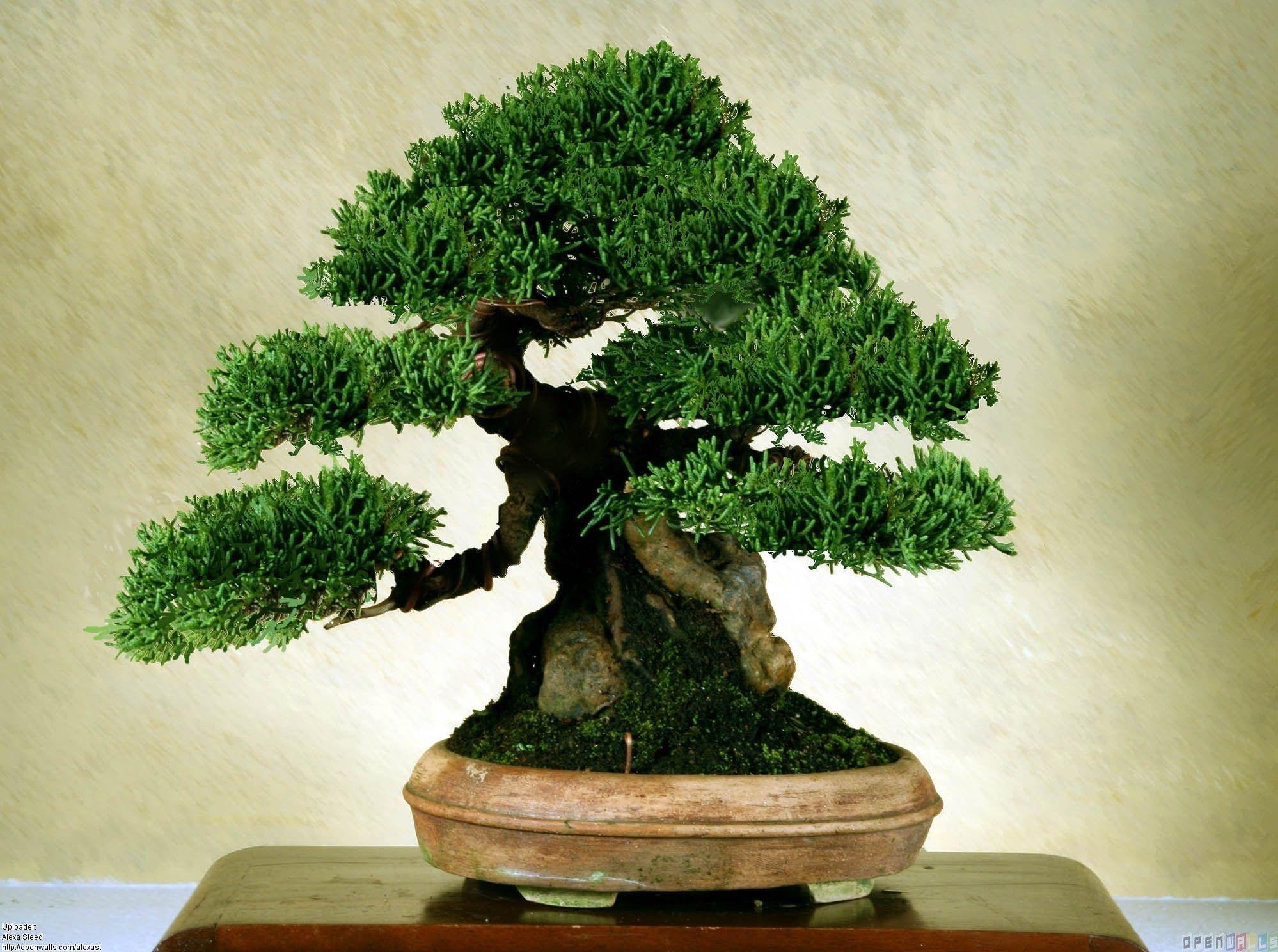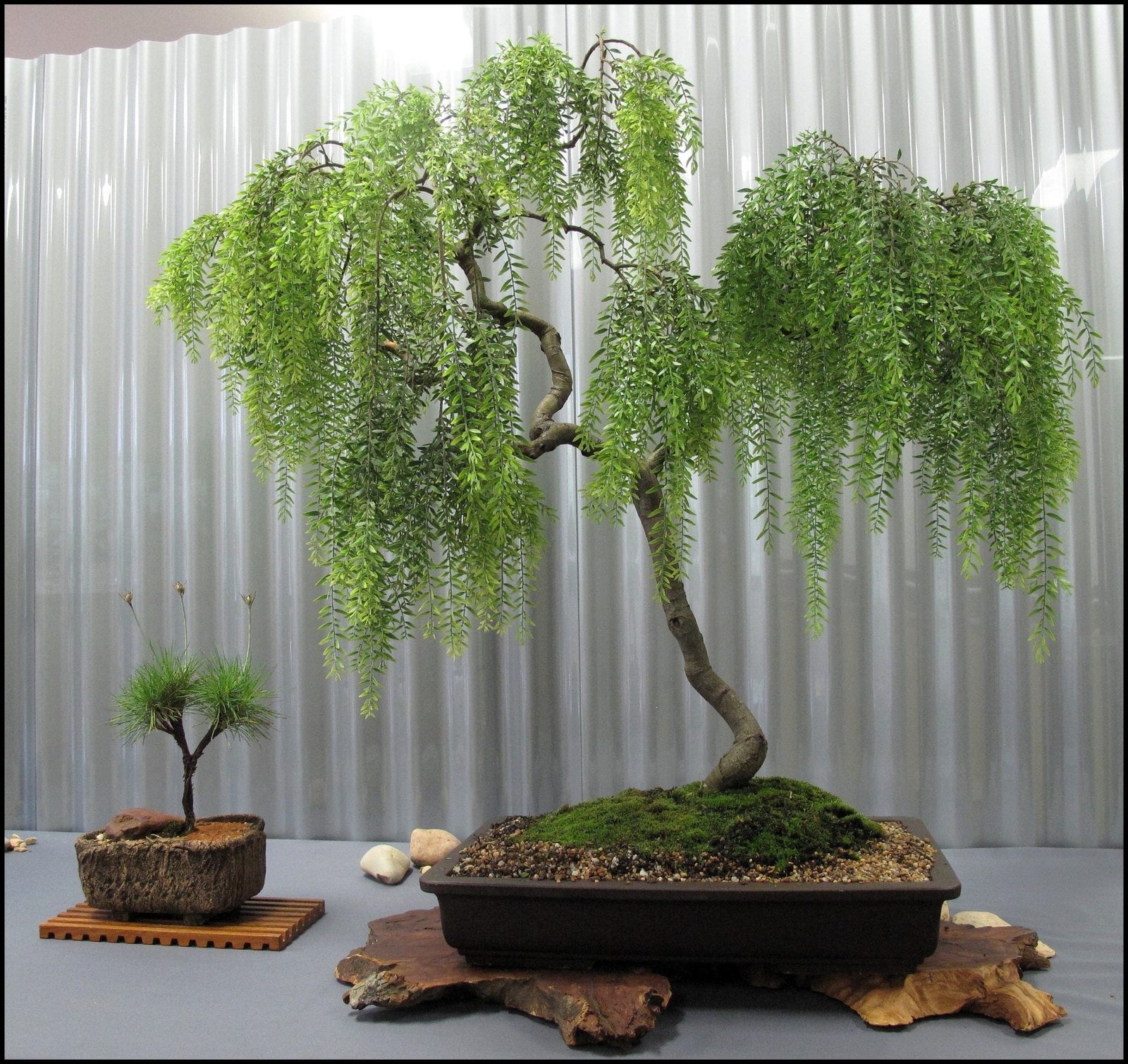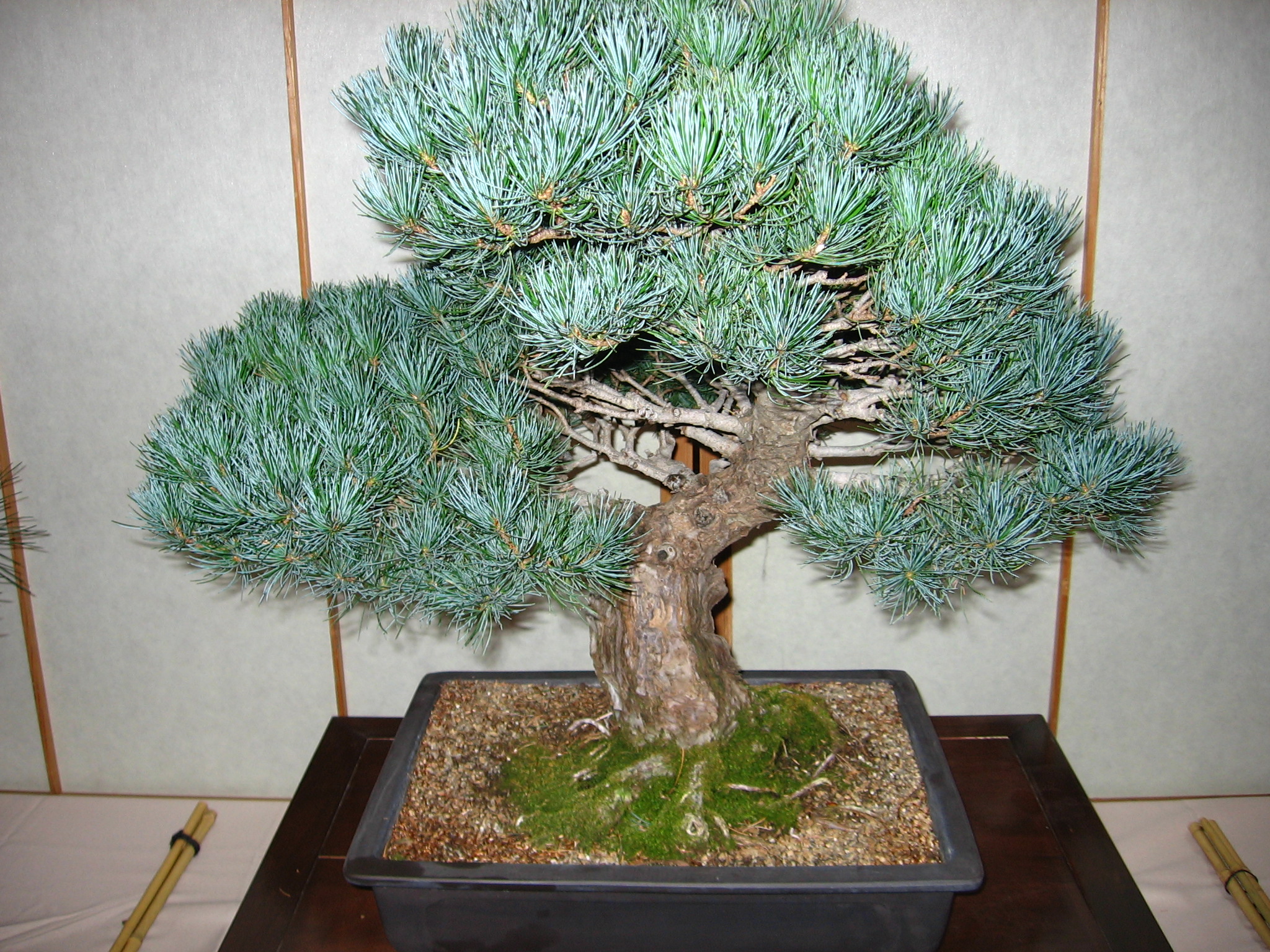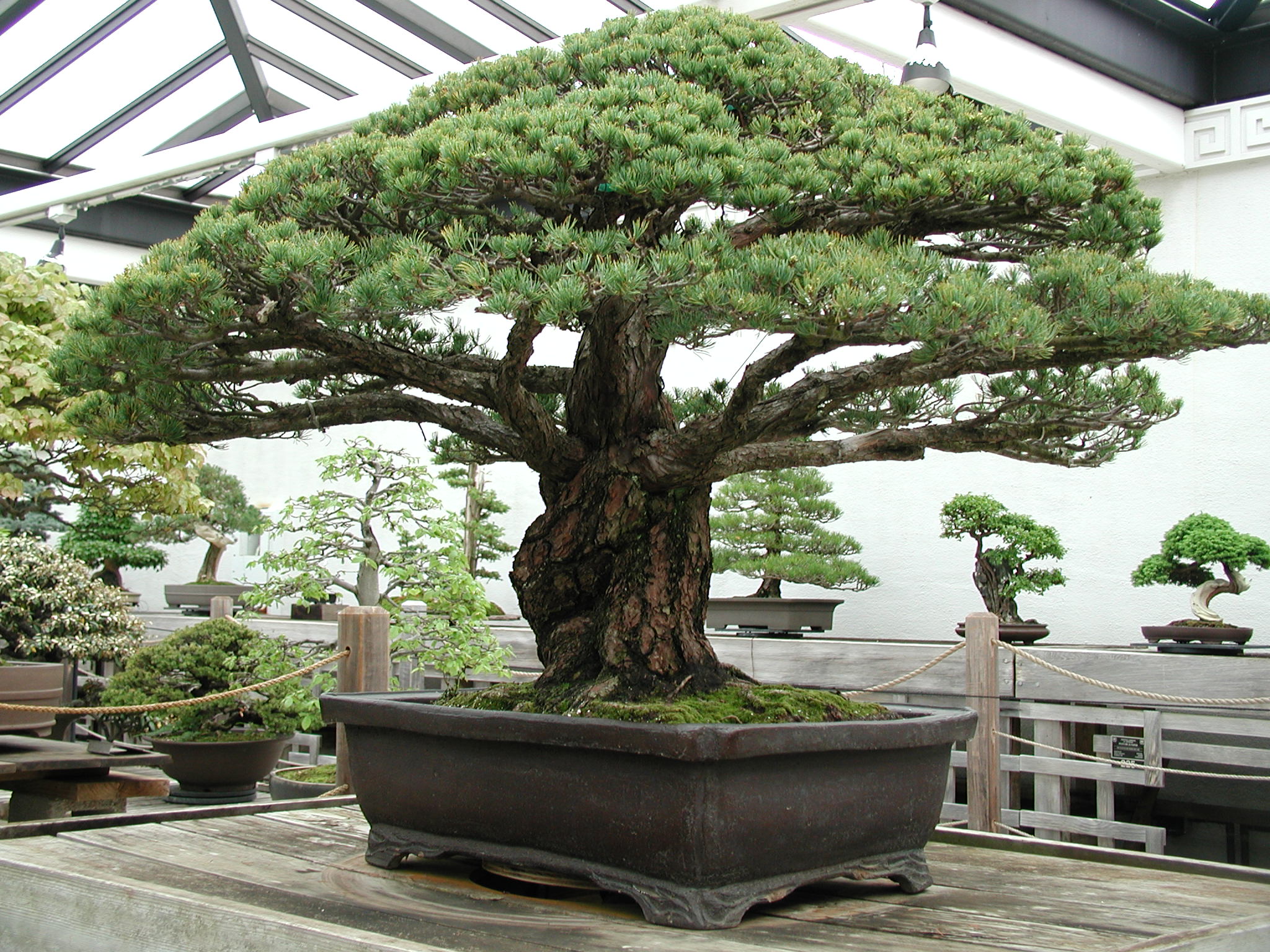Bonsai tree wallpapers
Table of Contents
Table of Contents
Bonsai trees are a subject of fascination for many. People are intrigued by their intricate and sophisticated appearance. However, one of the most significant questions that people have is about the size of bonsai trees. In this blog post, we will answer all your queries about bonsai tree size.
Pain Points Related to Bonsai Tree Size
One of the most common problems people face is not knowing what size to get when it comes to bonsai trees. Many people also struggle with sizing difficulties when they have limited space available, such as a small apartment or an office. Another common problem is the misconception that all bonsai trees are tiny. It can be disappointing to purchase a bonsai tree only to realize that it does not fit in the desired area.
What is the Target of Bonsai Tree Size?
The goal of sizing a bonsai tree is to maintain proportionality, symmetry, and style. The size of your bonsai tree should reflect its age, character, and design. You should choose a tree that matches your experience level and the space available. The size of the pot, as well as the height and width of the tree, will impact its overall size.
Summary of Key Points About Bonsai Tree Size
The bonsai trees can grow to an average height of three feet. However, certain species of these trees can grow to a towering height of up to 60 feet or more. The size of your bonsai tree should reflect your experience level in maintaining and caring for them. It should be proportionate to the pot size and the space you have available to ensure symmetry and style.
Bonsai Tree Sizes – Small or Big?
Bonsai trees come in various sizes, from the miniature version to the bigger ones. It all depends on the size of the container used to grow the tree and the type of species. For a beginner, it is best to start with a small version of these trees, such as one that is approximately six inches in height. This size will allow you to learn the basics, and it is easy to care for. When your expertise improves, you can upsize to a bigger version.
When I started my bonsai planting journey, I bought an Elm seeded for my terrace garden. It was 10 inches tall, easy to carry, and fit nicely into my small balcony. I kept it under the sun and watered it every day. As a result, it grew healthy and robust, and soon it grew to be 24 inches tall. Its size made it a perfect addition to the balcony, and I was very proud of how healthy it had grown.
Choosing the Right Bonsai Size for Your Space
When selecting a bonsai tree size, consider the space you have available to house your tree. If you have a small area, a tiny bonsai tree will be suitable. If you are looking for a statement piece for a more extensive area, then a larger bonsai tree would be appropriate. Make sure your tree’s size never gets too big for your space as it can take over the entire environment and make it look cluttered and chaotic.
Bonsai Tree Growth Stages
Bonsai tree growth has various stages. In the first year, the tree should be transferred to its final container, which is the right size for its type. When the roots have been trimmed, the tree will adapt to its new environment and grow. After that, the bonsai tree should be pruned regularly to maintain the desired shape and style. The tree’s growth rate depends on factors such as light availability, temperature, soil type, and water supply.
Caring for Your Bonsai Tree
Caring for your bonsai tree is essential for it to grow and reach its desired size. You should keep a maintenance schedule, which includes watering, pruning, and fertilizing the plant. Proper care will ensure that your tree remains healthy and enhances its overall beauty.
Frequently Asked Questions About Bonsai Tree Size
Q. Can Bonsai Trees be grown indoors?
A. Yes, bonsai trees can be grown indoors provided they receive enough light and adequate watering.
Q. Do bonsai trees stop growing?
A. No, bonsai trees do not stop growing. They grow at a slower pace and take on the shape and style created by the gardener.
Q. How small can a bonsai tree be?
A. The smallest bonsai trees are approximately two inches tall, while the standard size for tiny bonsai is around six inches.
Q. Can I prune bonsai trees to keep them small?
A. Pruning is one of the key components of maintaining a bonsai tree’s size. Regular pruning can keep the tree small in size and create the desired shape and style.
Conclusion of Bonsai Tree Size
Bonsai trees come in different sizes and shapes, and it is essential to select the right size for your space. A bonsai tree’s size should be proportionate to the pot size and the space available to provide symmetry, balance, and style. Proper care of the bonsai tree, including regular watering, pruning, and fertilizing, is necessary for it to grow healthily and maintain its desired size. Choosing the perfect bonsai tree size can make your home or office look more aesthetic and serene, giving you a sense of peace and tranquility.
Gallery
Bonsai Size Classification Chart And Guide | Bonsai Tree Types, Bonsai Techniques, Bonsai Pruning

Photo Credit by: bing.com / tree
13 Types Of Bonsai Trees (by Style And Shape Plus Pictures) - Home Stratosphere

Photo Credit by: bing.com / bonsai tree trees types upright shape informal plus style grows trunk zag zig way its little but
Bonsai Size Classification Chart And Guide - Bonsai Sanctum

Photo Credit by: bing.com / bonsai trees tree chart classification guide jade portulacaria old ficus garden true
Bonsai Tree Wallpapers - Wallpaper Cave

Photo Credit by: bing.com / bonsai tree wallpaper trees classification japanese old juniper plant indoor wallpapers miniature walls open medium wallpaperaccess zen bonsi classifications oshun
How Big Do Bonsai Trees Grow? - Grow Your Bonsai

Photo Credit by: bing.com /






